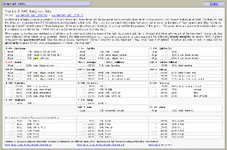33k in the air
Staff Sergeant
- 1,356
- Jan 31, 2021
Does anyone have any data on the empty weight of drop tanks used during WWII? I'm particularly interested in knowing how the empty weight of the 108 gallon 'paper' drop tank used in the ETO compared to the empty weight of the 108 gallon metal drop tank and the later 110 gallon teardrop-shaped tank. But information on any other drop tanks would be welcomed also.
The technical aspects of drop tanks in general, other than their capacity, seems little covered either in print or online, at least, based on my search attempts.
The technical aspects of drop tanks in general, other than their capacity, seems little covered either in print or online, at least, based on my search attempts.

